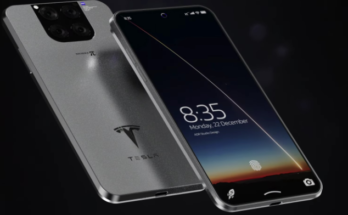Google Pixel 9a vs iPhone 16e: The Ultimate $500 Mid-Range Battle
Table of Contents
Introduction
In 2025, the smartphone mid-range battlefield just got a lot more exciting with the release of two contenders that reflect each company’s vision of performance, design, and value. Say hello to the $499 Google Pixel 9a and the $599 iPhone 16e — two devices set to go head-to-head in one of the most intriguing tech showdowns of this generation. This isn’t just Android versus iPhone — it’s Google’s complete vision of Android vs Apple’s mid-range iOS experience.
So which one truly gives you more? Let’s dive into an in-depth, category-by-category battle — with scores out of 10 — and choose one definitive winner based on value and performance.
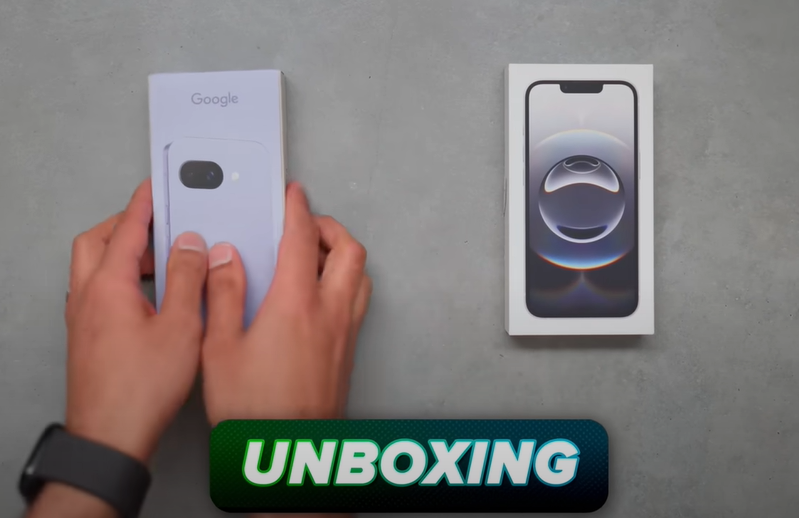
1. Unboxing Experience: A Disappointing Start
When it comes to what you get in the box, neither phone is particularly generous. Both devices come with minimal packaging:
- No case
- No screen protector
- No charger
- Just a cable and the phone
Google and Apple clearly opted for environmental consciousness, but it leaves users feeling a bit underwhelmed. No “vibes,” as they say.
Score:
- Pixel 9a: 4/10
- iPhone 16e: 4/10

2. Design & Build: Plastic vs Glass
Visually, the Pixel 9a and iPhone 16e look like they were designed to compete directly. From frosted backs, logo placements, to the tiny camera bumps, it’s almost eerie how similar they are.
- Pixel uses plastic, but it doesn’t feel cheap.
- iPhone features a glass back, offering a slight edge in premium feel.
- Both phones boast IP68 water and dust resistance.
- Very minimal camera bump — a rarity these days.
Score:
- Pixel 9a: 8/10
- iPhone 16e: 8/10
Read More : Apple Debuts iPhone 16e
Read More : Google Pixel 9A Impressions
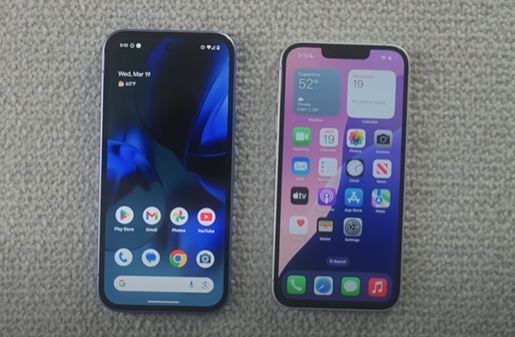
3. Display: High Refresh Rate or Higher Resolution?
As soon as the displays light up, the differences become apparent:
- Pixel 9a includes a brighter screen, 120Hz refresh rate, and better outdoor visibility.
- iPhone 16e still has a notch, and lacks the smoothness of 120Hz.
- iPhone’s display is slightly higher resolution with stronger front glass, but feels outdated with the notch.
- Oddly, Pixel’s 120Hz is off by default — most users might never enable it.
Score:
- Pixel 9a: 7/10
- iPhone 16e: 6/10
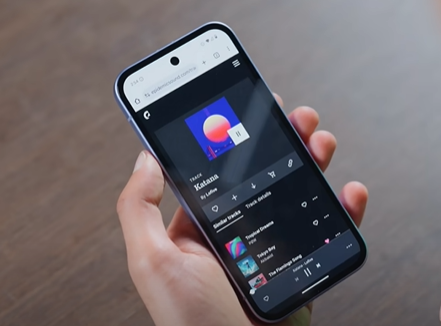
4. Audio Quality: Music vs Calls
Speakers:
- iPhone 16e delivers flagship-level sound with strong bass and clarity.
- Pixel 9a is acceptable, but more compressed in comparison.
Call Quality:
- Pixel has decent voice clarity but a walkie-talkie-like distortion.
- iPhone is noticeably clearer, even on the same network and eSIM.
Score:
- Pixel 9a: 6/10
- iPhone 16e: 9/10
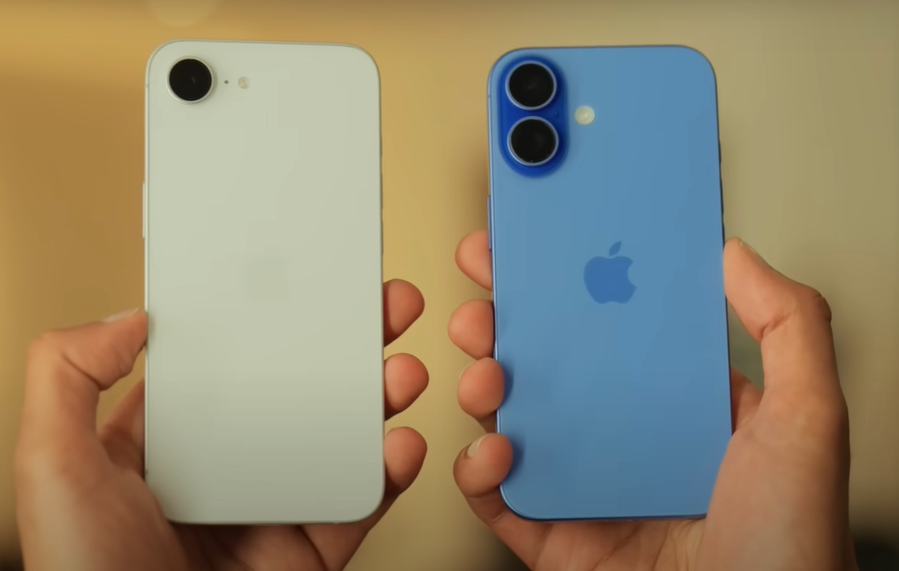
5. Performance: Flagship Chips, but Different Stories
Both phones use the same chips as their flagship siblings:
- Pixel 9a: Tensor G4
- iPhone 16e: A18 (with one graphics core disabled via binning)
However, despite the chip binning, Apple’s A18 still crushes Tensor G4 — with 40% better real-world gaming performance.
Score:
- Pixel 9a: 6/10
- iPhone 16e: 9/10
6. Software: Android vs iOS
Both phones offer the full software experience of their premium models:
- Pixel 9a gets 7 years of updates, a bloat-free Android UI, Gemini AI features, and Magic Editor tools.
- iPhone 16e gets 5+ years of updates, full iOS experience minus Dynamic Island.
At the moment, Android is ahead in AI features, stability, and user customization. Some of Apple’s latest iOS changes (like the Photos app redesign) are more confusing than helpful.
Score:
- Pixel 9a: 9/10
- iPhone 16e: 7/10
7. Ecosystem: The Apple Advantage
Even if Pixel wins some hardware and software points, Apple’s ecosystem strength is undeniable:
- iPad vs Pixel Tablet: iPad wins hands down.
- Apple TV vs Google TV: Apple TV is smoother and more premium.
- Apple Watch vs Pixel Watch 3: Closer match, but Apple’s integration is better.
- MacBook vs Chromebooks: Not even close — MacBook dominates.
While Android lets you mix and match brands (Samsung, Dell, etc.), Apple’s products are built to work seamlessly together. This level of integration is hard to beat.
Score:
- Pixel 9a: 7/10
- iPhone 16e: 9/10
Final Verdict: Who Wins?
Let’s tally the scores:
| Category | Pixel 9a | iPhone 16e |
|---|---|---|
| Box Contents | 4 | 4 |
| Design | 8 | 8 |
| Display | 7 | 6 |
| Audio | 6 | 9 |
| Performance | 6 | 9 |
| Software | 9 | 7 |
| Ecosystem | 7 | 9 |
| Total Score | 47 | 52 |
Winner: iPhone 16e (by a slim margin)
While the Pixel 9a offers outstanding value — especially with its brighter 120Hz screen, clean Android experience, and powerful AI features — the iPhone 16e pulls ahead thanks to superior audio, raw performance, and its unbeatable ecosystem.
But here’s the bottom line:
👉 If you want maximum software features, great AI tools, and a smoother display — go Pixel 9a.
👉 If you want more power, better sound, and long-term device synergy — iPhone 16e wins.
- How to Improve Battery Life on Your Laptop
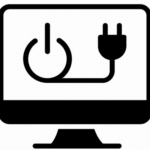 How to Improve Battery Life on Your Laptop (Real Tips That Actually Work!) Introduction “My battery died in the middle of a Zoom interview. I wanted to cry.” We’ve all …
How to Improve Battery Life on Your Laptop (Real Tips That Actually Work!) Introduction “My battery died in the middle of a Zoom interview. I wanted to cry.” We’ve all … - Google Pixel 9a vs iPhone 16e: The Ultimate $500 Mid-Range Battle
 Google Pixel 9a vs iPhone 16e: The Ultimate $500 Mid-Range Battle Introduction In 2025, the smartphone mid-range battlefield just got a lot more exciting with the release of two contenders …
Google Pixel 9a vs iPhone 16e: The Ultimate $500 Mid-Range Battle Introduction In 2025, the smartphone mid-range battlefield just got a lot more exciting with the release of two contenders … - Oppo Find X8 Ultra: My 2025 Dream Phone Brought to Life
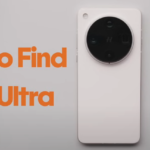 Oppo Find X8 Ultra: My 2025 Dream Phone Brought to Life Introduction All right, let’s get real—I’ve been asked countless times over the years, “What’s your dream phone?” And usually, …
Oppo Find X8 Ultra: My 2025 Dream Phone Brought to Life Introduction All right, let’s get real—I’ve been asked countless times over the years, “What’s your dream phone?” And usually, … - Acer Aspire Go 15 (AG15-51P) Review
 Acer Aspire Go 15 (AG15-51P) Review: Budget-Friendly Performance Unveiled Introduction Did you know that budget laptops now offer features once reserved for premium models? The Acer Aspire Go 15 (AG15-51P) …
Acer Aspire Go 15 (AG15-51P) Review: Budget-Friendly Performance Unveiled Introduction Did you know that budget laptops now offer features once reserved for premium models? The Acer Aspire Go 15 (AG15-51P) … - US-Based iPhone Manufacturing: Is Apple Really Bringing iPhone Production Home?
 US-Based iPhone Manufacturing: Is Apple Really Bringing iPhone Production Home? 2025 Introduction “Did you know over 90% of iPhones are still made in China, even in 2025?”Yep, it’s true—and kind …
US-Based iPhone Manufacturing: Is Apple Really Bringing iPhone Production Home? 2025 Introduction “Did you know over 90% of iPhones are still made in China, even in 2025?”Yep, it’s true—and kind …



